What is the Vagus Nerve?
The vagus nerve provides a direct telephone line between your gut and brain, allowing them to communicate regularly. The vagus nerve receives information from your gut microbes and communicates this from the gut to the CNS (i.e., the brain)– known as the gut-brain axis. This communication exchange is a two-way street, with the CNS also using the vagus nerve to relay information from the brain down to the gut.
Collectively, this long-distance phone call (from the gut to the brain and back again) helps orchestrate your body’s digestive, immune, hormonal and nervous system processes. The gut-brain connection explains why a nervous brain can also lead to a nervous stomach, otherwise known as ‘butterflies in your stomach’, as well as stress-driven digestive conditions such as IBS. Likewise, your gut microbiome can impact the function of your brain’s cognitive and emotional centres, influencing your mood and body’s ability to adapt to stressful situations. Therefore, maintaining the health of your gut microbiome has benefits that extend well beyond your digestive tract.
What Does the Vagus Nerve Do?
The vagus nerve is part of the parasympathetic nervous system – the ‘ rest and digest’ part of your nervous system. It is involved with regulating (or slowing) your heart rate, regulating your breathing and your digestive system. The ‘rest and digest’ period is well underway.
The nerve travels widely throughout the body affecting several organ systems and regions of the body, such as the tongue, pharynx, heart, and gastrointestinal system. There are many branches of this ‘wandering nerve’, the gastric branch supplies – the stomach/pancreas/spleen/kidneys/adrenals/small intestine. The vagus nerve also innervates the muscle of the tongue / the esophageal plexus and the larynx.
How Do You Stimulate the Vagus Nerve?
So, what can we do to try to stimulate this all-important nerve?
Acute cold exposure has been shown to activate our vagus nerve. So perhaps exposing yourself to cold on a regular basis can increase ‘vagal tone’? Consider taking a cold shower (finish your next shower with at least 30 seconds of cold water and) or swimming in the ocean (or pool). Perhaps ease yourself into cold exposure by sticking your face in ice-cold water? In winter you can go outside with minimal clothing for a while
Breathing deeply is another way to stimulate your vagus nerve and reduce anxiety. We usually take between 10 to 14 breaths each minute. By breathing more (consciously) and slowly, 6 breaths a minute we activate our ‘PNS’. Breathe in deeply from your diaphragm (your stomach should expand outward) and then exhale slowly and for as long as you can. Try doing this a various times during the day, especially before a meal, as well as in the evening, before bed and if you wake during the night. For more information on breathing courses please see https://mimbeim.com/services/how-breathe-well/
Meditation is a wonderful relaxation technique, but it can also stimulate and increase vagal tone as well. You do need to build your practice over time to gain the benefits. There are many apps that can help start and support a meditation practice. For more information on meditation practice classes please see https://www.wholebeing.com.au/meditation-classes-sydney/
Exercise is the best prescription for optimal brain health. It increases the production of growth hormone that supports your brain’s energy levels and can also stimulate the vagus nerve. Walking, weightlifting and sprinting are the best forms of exercise for the vagus nerve. Try a combination of lifting weights 1 to 3 x weekly + 1 to 2 sessions of high-intensity interval sprinting or training weekly + daily walks (ideally 30-60 minutes every day).
Massages can stimulate the vagus nerve and increase vagal activity and tone. Particularly massages around the neck and also foot massages (reflexology). Book in for a massage with Sue online, it is a great idea for many reasons!
Socializing and laughing is a great way to reduce your body’s main stress hormones. Research shows that reflecting on your positive social connections and laughing with your family and friends not only helps you feel more positive but again improves your vagal tone. So, get together with your posse and laugh as much as possible!
Nutrition for Vagal Nerve Stimulation
Omega -3 fatty acids, found primarily in fish (also walnuts and flaxseeds) are necessary for the normal functioning of our brain and nervous system. Again, research has discovered these fatty acids increase vagal tone and vagal activity. So, eat fish or try fish or vegan omega 3 supplements to lead to “enhanced” vagal activity and increase your PNS.
Eat more fibre as this increases a hormone – GLP-1, that supports communication between the vagus nerve and brain. Its role helps slows stomach emptying which makes us body feel full longer (so can help aid weight loss). For more information on fibre see the previous blog https://handcraftedhealth.com.au/what-is-fibre-and-where-is-it-in-food/
Intermittent fasting or chrono-nutrition – eating with the sun reduces the number of calories consumed in the day, which causes our heart rate variability (how often how heart beats) to spike and metabolism to plummet. The two events trigger our vagus nerve function. For more information on I.F. see the previous blog https://handcraftedhealth.com.au/what-is-fasting/
For more support for your vagus nerve or other, book online for an appointment with Sue – https://handcraftedhealth.com.au/online-booking/
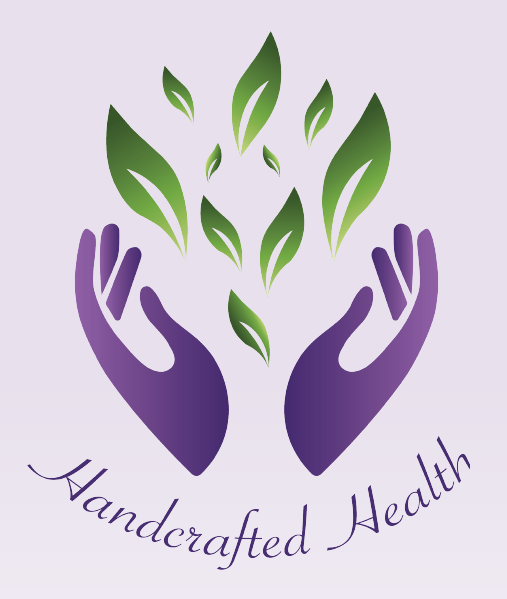
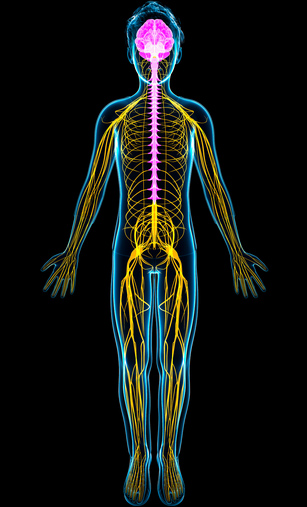

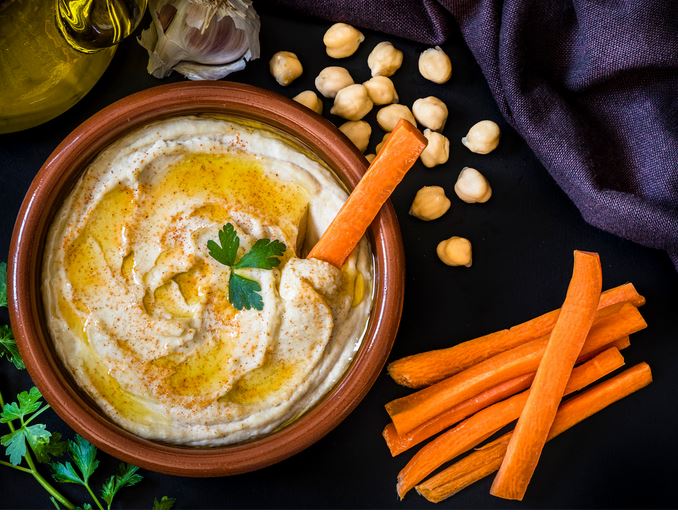
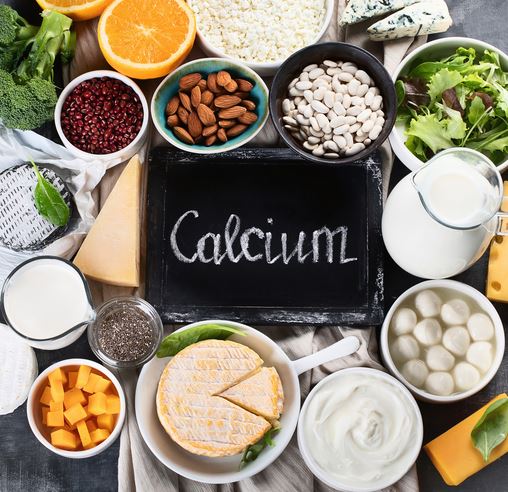
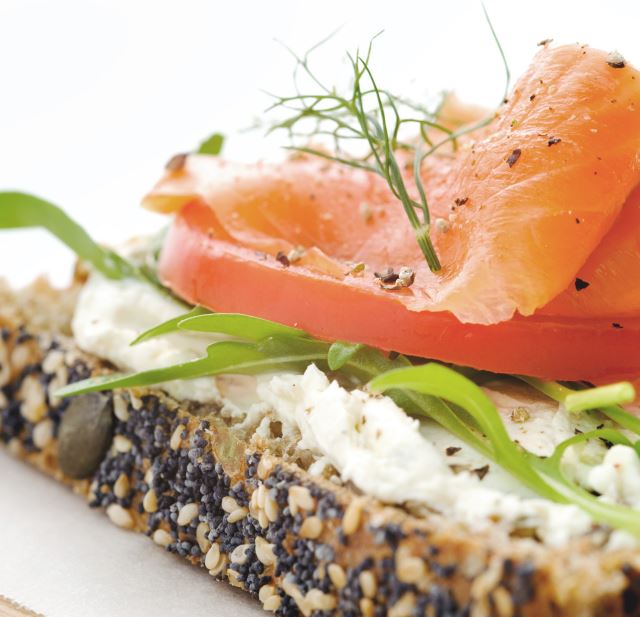

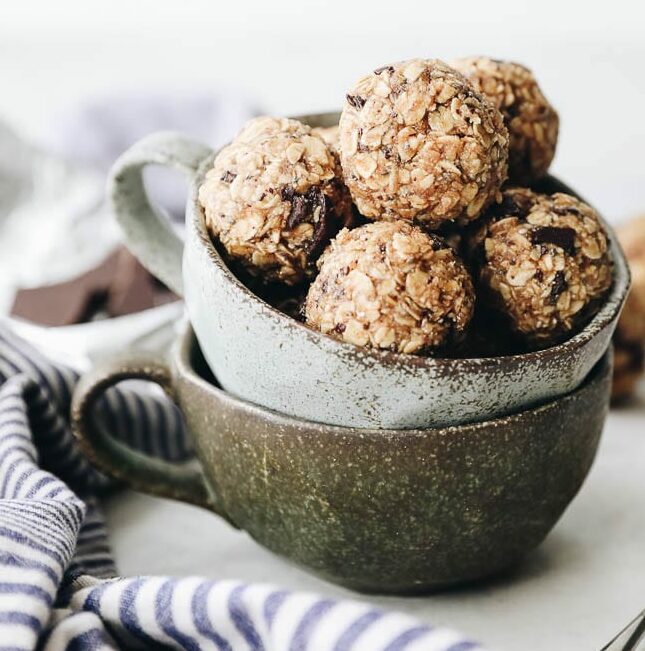
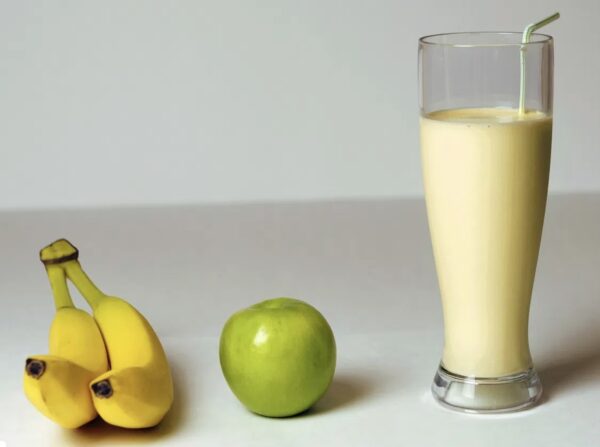
0 Comments